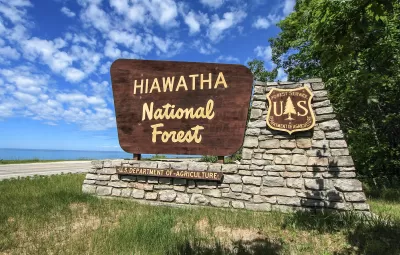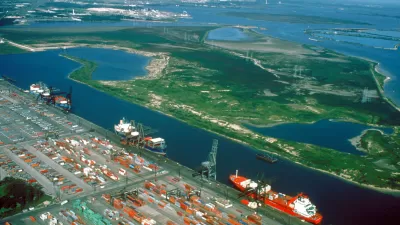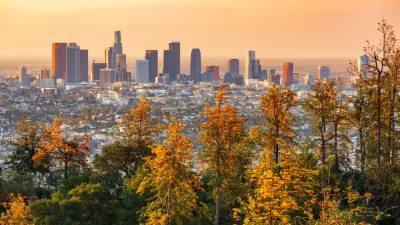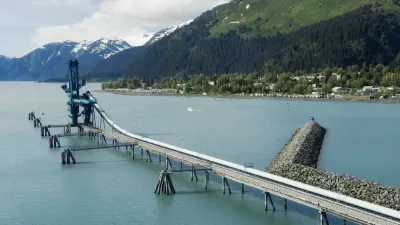The Forest Service says storing carbon dioxide under national forest lands is essential to reducing greenhouse gas emissions and meeting climate goals.

The U.S. Department of Agriculture’s Forest Service wants to open national forest lands to permanent carbon dioxide storage, alarming environmentalists and advocates who say the project would pose significant health risks to surrounding communities and the environment.
As Pam Radtke explains in an article for Floodlight, republished in Grist, the Forest Service says “storage can be managed safely, and such regulatory changes are needed to meet the nation’s climate goals.” However, carbon dioxide pipelines have ruptured in the past, hospitalizing 49 people in one incident in Mississippi in 2020. “Concentrations of the gas, which is odorless and heavier than oxygen, can also prevent combustion engines from operating. [Victoria] Bodan Tejeda, of the Center for Biological Diversity, worries that people even a mile or two from a carbon dioxide leak could start suffocating and have no way to escape.”
Permanent storage would also go against decades of Forest Service policy, which typically only permits temporary use of forest lands. “Drilling rigs and heavy equipment would be brought into forests to evaluate whether the spaces under the forests were suitable for carbon storage. Trees would have to come down to make way for that equipment, and many more trees would likely be felled to make way for the pipelines.”
According to the Forest Service, “the Nov. 3 proposal would allow it to evaluate such permanent storage requests; it is not currently considering any specific proposals to store carbon under its lands.”
FULL STORY: Plan to stash planet-heating carbon dioxide under U.S. national forests alarms critics

Study: Maui’s Plan to Convert Vacation Rentals to Long-Term Housing Could Cause Nearly $1 Billion Economic Loss
The plan would reduce visitor accommodation by 25,% resulting in 1,900 jobs lost.

North Texas Transit Leaders Tout Benefits of TOD for Growing Region
At a summit focused on transit-oriented development, policymakers discussed how North Texas’ expanded light rail system can serve as a tool for economic growth.

Using Old Oil and Gas Wells for Green Energy Storage
Penn State researchers have found that repurposing abandoned oil and gas wells for geothermal-assisted compressed-air energy storage can boost efficiency, reduce environmental risks, and support clean energy and job transitions.

Private Donations Propel Early Restoration of Palisades Playground
Los Angeles has secured over $1.3 million in private funding to restore the Pacific Palisades playground months ahead of schedule, creating a modern, accessible space that supports community healing after recent wildfires.

From Blight to Benefit: Early Results From California’s Equitable Cleanup Program
The Equitable Community Revitalization Grant (ECRG) program is reshaping brownfield redevelopment by prioritizing projects in low-income and environmental justice communities, emphasizing equity, transparency, and community benefits.

Planting Relief: Tackling Las Vegas Heat One Tree at a Time
Nevada Plants, a Las Vegas-based nonprofit, is combating the city’s extreme urban heat by giving away trees to residents in underserved neighborhoods, promoting shade, sustainability, and community health.
Urban Design for Planners 1: Software Tools
This six-course series explores essential urban design concepts using open source software and equips planners with the tools they need to participate fully in the urban design process.
Planning for Universal Design
Learn the tools for implementing Universal Design in planning regulations.
Ascent Environmental
Borough of Carlisle
Institute for Housing and Urban Development Studies (IHS)
City of Grandview
Harvard GSD Executive Education
Toledo-Lucas County Plan Commissions
Salt Lake City
NYU Wagner Graduate School of Public Service





























